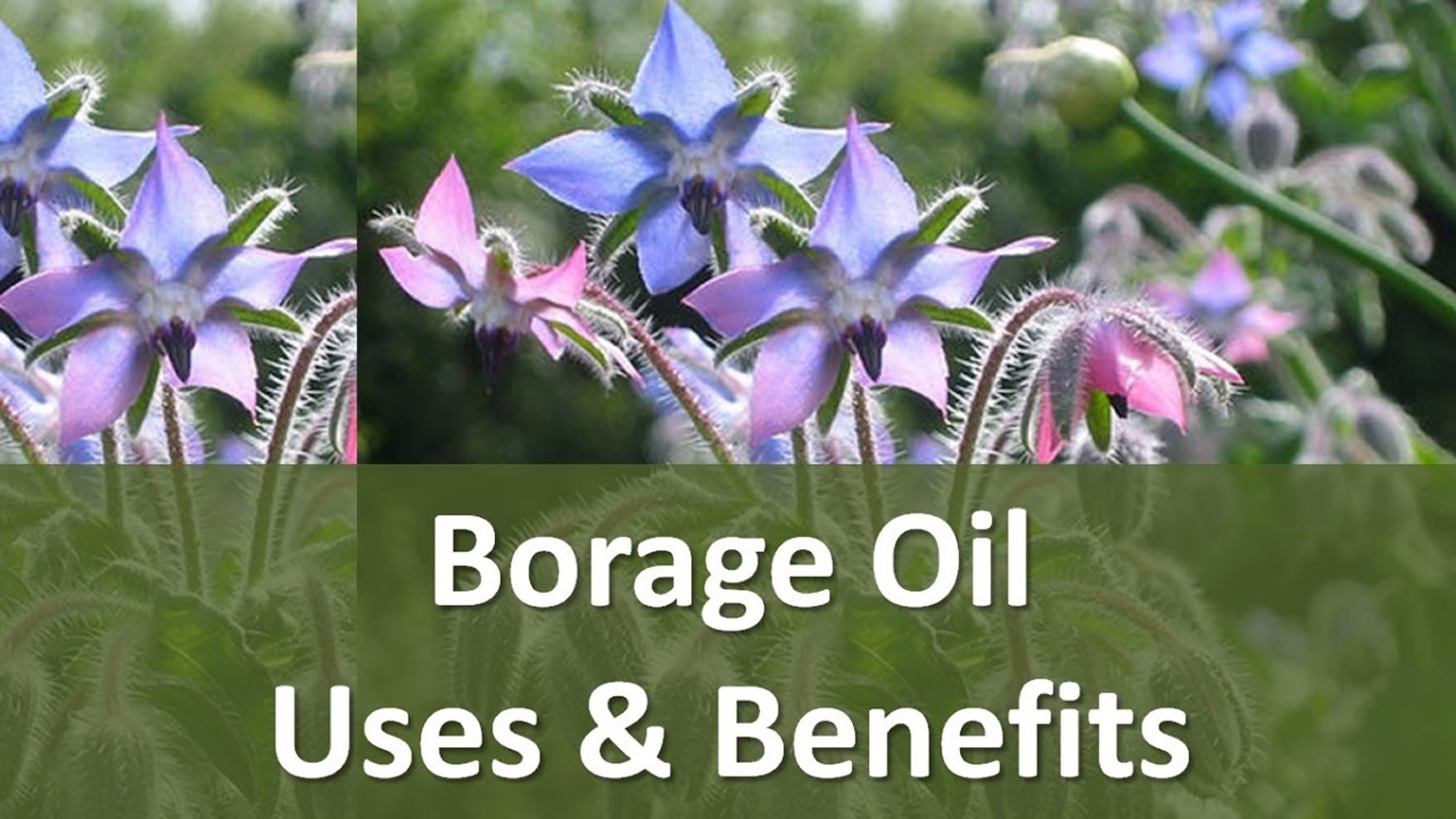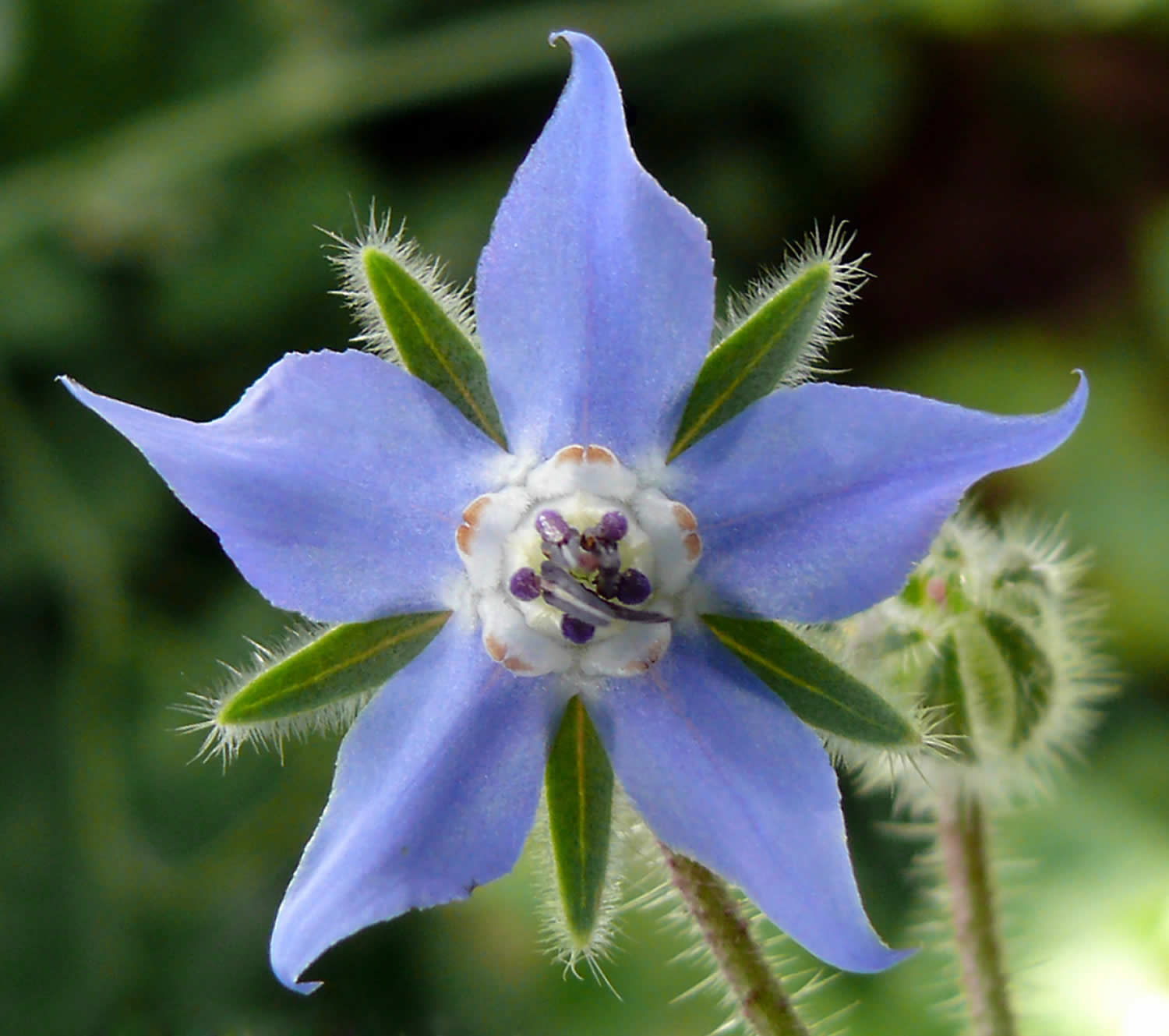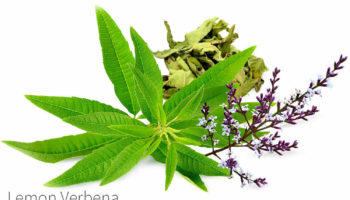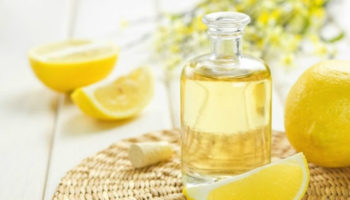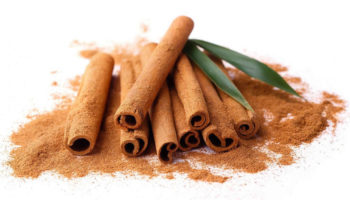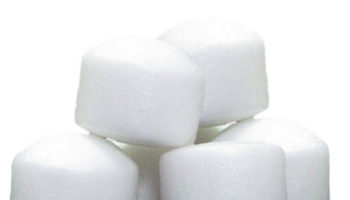What is borage oil
Borage (Borago officinalis Linn), also known as a star flower, is an annual herb in the flowering plant family Boraginaceae 1. Borage is a medicinal plant which has different usages in pharmaceutical, industrial and forage fields and is used in production of drinks and salads. This plant is known as high plant in Mediterranean region. The leaves are edible and the plant is grown in gardens for that purpose in some parts of Europe. Vegetable use of borage is common in Germany (as an ingredient in green sauce, made in Frankfurt), Crete and in the Italian region of Liguria (to fill traditional ravioli pasta). Vegetable borage is also very popular in the cuisine of the Spanish regions of Aragon and Navarra (i.e., boiled and sautéed with garlic, served with potatoes). Borage is also used by naturopathic practitioners in the regulation of metabolism and the hormonal system, being considered a good remedy for premenstrual syndrome and menopause symptoms, such as hot flashes 2. In Iran, people make tea (Gol Gav Zaban tea) to relieve colds, flu, bronchitis, rheumatoid arthritis, and kidney inflammation 3.
The plant is also commercially cultivated for borage seed oil extracted from its seeds. cultivated for medicinal although it is commercially cultivated for borage seed oil. Borage seed oil is rich in gamma-linolenic acid (30%-40%) which is used as dietary or food supplement. Gamma-linolenic acid, a omega-6 polyunsaturated fatty acid, is sometimes prescribed as anti-inflammatory drug with this belief that it lacks some of the common side-effects of other anti-inflammatory drugs. Gamma-linolenic acid is also used for the treatment of multiple sclerosis, diabetes, heart diseases, arthritis, eczema, autoimmune disorders, cancer and premenstrual syndrome 4. Gamma-linolenic acid is one of the volatile fatty acids which is synthesized just by a few plant varieties and often found in their seeds. The main sources of the gamma-linolenic acid are borage and evening primrose 5. But borage is a better resource of the gamma-linolenic acid since its seeds contain 30%-40% oil of which 20%-30% is gamma-linolenic acid. This amount is approximately twice as many as that of in evening primrose. The oil of borage is more constant and its process is simpler than the oil of the evening primrose 6.
Borage Leafs
The leaves of borage contains following compounds: a few amount of pyrrolizidine alkaloids, licosamin, intermedin, sopinin, sopindian, yezan, colin; fatty acids including alpha-linolenic acid [ALA] (55%) and gamma-linolenic acid (more than 4%); silicic acid (1.5%-22.0%); potassium, calcium, nitrate potassium (3%), acetic, lactic and malic acid; δ-bornesitol, cianozhens; fresh leaves also contain mucilage hydrolysable to glucose, galactose, arabinose and alantoein up to 30%; leaves of borage in seeding stage contain 2.5-5.0 mg gamma-linolenic acid and 5.7-9.0 mg stearidonic acid 7. The most amount of the gama-linolenic fatty acids are seen in May or June and the most amount of that in upper leaves of the stem in August or September 8.
Borage Seeds
Borage is important due to high amount of gamma-linolenic acid available in its seed oil. In a comprehensive research, antioxidants properties of borage extracts have been reported 9. These antioxidants properties of borage are attributed to phenolic compounds. It has been determined that rosmarinic acid, synergic acid and synaptic acid are main phenolic compounds available in extract of borage seed. These three compounds act as bioactive molecules and exert antioxidant and anti-inflammatory properties 10. Specially, rosmarinic acid is investigated and employed by the food and pharmaceutical industries 11. Rosmarinic acid is the main component of rosemary extract which is used extensively in food industries.
There is potential for borage antioxidants to be used in food formulations and in skin health products as compounds which absorb UV. It has been suggested that linoleic acid and palmitic acid are dominant fatty acids available in mature seeds of borage 12. Borage oil due to high amount of gamma-linolenic acid is investigated by food and pharmaceutical research groups. Oils containing gamma-linolenic acid is used to treat some diseases resulted from lack of gamma-linolenic acid in human 13.
Figure 1. Borage flower
Borage Oil Uses
Borage seeds oil is the richest plant source of γ-linolenic acid (gamma-linolenic acid) which is used as dietary supplement for prevention and/or treatment of various degenerative pathologic illnesses 1, as osteoporosis 14, diabetes 15, and cancer 16. Gamma-linolenic acid has also been reported to suppress tumor growth in vitro 17, improve oxygenation status 18, exert anti-inflammatory activity and display beneficial effects in the early stages of sepsis 19. Gamma linolenic acid is thought to exert its therapeutic effect in rheumatologic and dermatologic conditions by inhibiting leukotriene synthesis, resulting in anti-inflammatory and anti-thrombotic effects 20.
Table 1. Fatty acids methyl esters composition of borage oil as a percentage concentrations of total fatty acids
| Common Name | RT (min) | % | Systematic Name |
|---|---|---|---|
| Lauric acid | 29.06 | 1.14 | Dodecanoic acid |
| Palmitic acid | 29.66 | 7.64 | Hexadecanoic acid |
| Palmitoleic acid * | 30.05 | 6.25 | Cis-9- Hexadecanoic acid |
| U | 30.40 | 1.55 | |
| Stearic acid | 30.86 | 3.08 | Octadecanoic acid |
| Oleic acid * | 31.08 | 14.23 | Cis-9-Octadecanoic acid |
| U | 31.46 | 0.15 | |
| Linoleic acid * | 32.68 | 34.23 | Cis-9,12-Octadecanoic acid |
| γ- Linolenic acid * | 34.21 | 24.79 | Cis-9,12,15-Octadecanoic acid |
| Brassidic acid * | 36.28 | 0.06 | Trans-13- Docosenoic acid |
| Arachidic acid | 37.40 | 1.4 | Eicosanoic acid |
| U | 38.38 | 1.73 | |
| Erucic acid * | 40.46 | 2.06 | Cis-13-docosenoic acid |
| Nervonic acid* | 41.08 | 1.69 | Cis-15-Tetracosenoic acid |
| Unsaturated fatty acids | 83.31 % of total fatty acids | ||
| Saturated fatty acids | 13.26 % of total fatty acids | ||
Today gamma-linolenic acid and stearidonic acid supplements and oils containing these fatty acids are used in diet to meet the shortage of necessary fatty acids and prostaglandin. They are also used in folk medicine in treating thrombosis, inflammation and cancer 22. Atopic dermatitis is an inherited and regressive disease which is seen in 5%-10% of children and now local corticosteroid is often used to remove inflammatory and itchy rashes seen in patients. However a recent good quality systematic review 23 involving 27 studies, with 1596 adults and children from 12 countries, found no evidence that orally taken either borage oil or evening primrose oil are effective in treatment of eczema (atopic dermatitis). Both of these products and the placebos used in the studies had similar mild, temporary side-effects, which were mainly headache and upset stomach or diarrhea 23. In conclusion, there is no convincing evidence of the benefit of dietary supplements in eczema, and they cannot be recommended for the public or for clinical practice at present.
In rheumatoid arthritis there is some evidence that oils containing gamma-linolenic acid (evening primrose, borage oil or blackcurrant seed oil) afford some benefit in relieving symptoms for rheumatoid arthritis 24. However. we are uncertain of the effects of other herbal therapies because only single studies were available, or important features of rheumatoid arthritis, such as changes in the number of swollen and tender joints, were not reported. Many trials of herbal therapies are hampered by research design flaws and inadequate reporting. Further investigation of each herbal therapy is warranted, particularly via well designed, fully powered, confirmatory clinical trials that use American College of Rheumatology improvement criteria to measure outcomes.
It has been reported that treatment of aged rats with gamma-linolenic acid restores the hippocampal long-term potentiation and reversed age-related changes in glutamate release 25 and improves both memory and N-methyl-D-aspartic acid receptor function 26, suggesting that at least part of its activity is specifically directed at synaptic plasticity. It is concluded that gamma-linolenic acid and the anti-oxidant alpha-lipoic acid, which is known to improve early deficits in peripheral nerve conduction in diabetic rats, is unable to reverse late deficits in the peripheral and central nervous system of streptozotocin-diabetic rats 26. Treatment with gamma-linolenic acid rich natural oils was previously shown to partially prevent nerve ischemia and associated conduction anomalies and improved long-term potentiation in the hippocampus in rats with experimental diabetes mellitus 27.
Borage oil side effects
Apart from the temporary headache, and upset stomach or diarrhea, borage oil has been reported to cause status epilepticus (continuous seizure activity) 28. A case report of a 41 year old previously healthy female, who one week prior to presentation, began taking between 1,500 and 3,000 mg of borage oil a day. She was also regularly taking several other supplements including vitamin B and E complexes, ascorbylpalmitate, coenzyme Q10, and L-carnitine. She did not take any prescription medications and did not drink alcohol or use illicit drugs. Her seizures were controlled with pentobarbital but would reoccur as pentobarbital dosing was reduced. Levetiracetam was instituted. After roughly 10 days in the pentobarbital coma, the pentobarbital was tapered and her neurological status rapidly improved. The patient developed an increase in transaminases and the phenytoin was discontinued. She was transferred to a rehab facility. While at the rehab facility, she developed two brief seizures that resolved spontaneously. Carbamazepine was added and she had no further seizure activity. At 4-months follow-up, she reported no convulsive seizures but was occasionally having simple partial seizures which involved a familiar-sounding tone that can be triggered by loud noises. She also reported short-term memory and word-finding impairment. At that point, she transferred her care to a neurologist closer to her home and was lost to follow-up 28.
In a literature review of central nervous system (CNS) effects related to gamma-linolenic acid or linolenic acid, found only two reports describing a total of five cases of purported gamma-linolenic acid-induced seizures. Three patients with schizophrenia developed EEG-confirmed temporal lobe epilepsy after starting treatment with evening primrose oil. All patients improved after withdrawal of primrose oil and institution of carbamazepine treatment 29. Generalized tonic–clonic seizures were described in two further schizophrenic patients after starting treatment with evening primrose oil 30. However, one recent study has called these two earlier case series into question 31. It should be noted that all five cases used evening primrose oil rather than Borage oil, which was used by female patient discussed earlier. Borage oil may have the potential to lower the seizure threshold although some studies report anti-epileptic effects of fatty acids gamma-linolenic acid and linolenic acid 32. Research in this regard is mixed and so no certain conclusions can be drawn. These herbal preparations may best be avoided by epilepsy patients at least until this issue is clarified 33.
- Asadi-Samani M, Bahmani M, Rafieian-Kopaei M. The chemical composition, botanical characteristic and biological activities of Borago officinalis: a review. Asian Pac J Trop Med. 2014;7S1:S22–28. doi:10.1016/S1995-7645(14)60199-1. https://ac.els-cdn.com/S1995764514601991/1-s2.0-S1995764514601991-main.pdf[↩][↩]
- The potential for dietary supplements to reduce premenstrual syndrome (PMS) symptoms. Bendich A.J Am Coll Nutr. 2000 Feb; 19(1):3-12. https://www.ncbi.nlm.nih.gov/pubmed/10682869/[↩]
- Simmons S. A Treasury of Persian Cuisine. 2nd ed. Stamford House Publishing; Hong Kong, China: 2007.[↩]
- Gupta M, Singh S. Borago officinalis Linn. an important medicinal plant of Mediterranean region: a review. Int J Pharm Sci Rev Res 2010; 5: 27-34.[↩]
- Sayanova O, Shewry PR, Napier JA. Characterization and expression of a fatty acid desaturase from Borago officinalis. J Exp Bot 1999; 50: 411-412.[↩]
- Belch JJ, Hill A. Evening primrose oil and borage oil in rheumatologic conditions. Am J Clin Nutr 2000; 71(1 Suppl): 352s-6s.[↩]
- Murkovic M. The detection of radical scavenging compounds in crude extract of borage (Borago officinalis L.) by using an on-line HPLC-DPPH method. J Biochem Biophys Methods 2002; 53: 45-49.[↩]
- Laurence R. Borage production: for oil and gamma-linolenic acid. Australia: Rural Industries Research and Development Corporation; 2004.[↩]
- Wettasinghe M, Shahidi F, Amarowicz R, Abou-Zaid MM. Phenolic acids in defatted seeds of borage (Borago officinalis L.). Food Chem 2001; 75: 49-56.[↩]
- Rosmarinic acid. Petersen M, Simmonds MS. Phytochemistry. 2003 Jan; 62(2):121-5. https://www.ncbi.nlm.nih.gov/pubmed/12482446/[↩]
- Galwey N.W., Shirlin A.J. Selection of borage (Borago officinalis) as a seed crop for pharmaceutical uses. Heredity. 1990;65:249–257. doi: 10.1038/hdy.1990.93.[↩]
- Griffiths G, Brechany EY, Jackson FM, Christie WW, Stymne S, Stobart AK. Distribution and biosynthesis of stearidonic acid in leaves of Borago officinalis. Phytochemistry 1996; 43: 381-386.[↩]
- Huang YS, Lin X, Redden PR, Horrobin DF. In vitro hydrolysis of natural and synthetic γ-linolenic acid-containing triacylglycerols by pancreatic lipase. J Am Oil Chem Soc 1995; 72: 625-631.[↩]
- Kruger MC, Coetzer H, Winter R, Gericke G, Van Papendrop DH. Calcium, gamma linolenic acid and eicosapentaenoic acid supplementation in senile osteoporosis. Aging. 1998;10(5):385–394. https://www.ncbi.nlm.nih.gov/pubmed/9932142[↩]
- Das UN. A defect in Delta6 and Delta5 desaturases may be a factor in the initiation and progression of insulin resistance, the metabolic syndrome and ischemic heart disease in South Asians. Lipids Health Dis. 2010;9:130. https://www.ncbi.nlm.nih.gov/pmc/articles/PMC2987992/[↩]
- Itoh S, Taketomi A, Harimoto N, Tsujita E, Rikimaru T, Shirabe K, Shimada M, Maehara Y. Antineoplastic effects of gamma linolenic acid on hepatocellular carcinoma cell lines. J Clin Biochem Nutr. 2010;47(1):81–90. https://www.ncbi.nlm.nih.gov/pmc/articles/PMC2901768/[↩]
- Pham H, Vang K, Ziboh VA. Dietary gamma-linolenate attenuates tumor growth in a rodent model of prostatic adenocarcinoma via suppression of elevated generation of PGE (2) and 5S-HETE. Prostaglandins Leukot. Essent. Fatty Acids. 2006;74(4):271–282. https://www.ncbi.nlm.nih.gov/pubmed/16567086[↩]
- Mancuso P, Whelan J, DeMichele SJ, Snider CC, Guszcza JA, Claycombe KJ, Smith GT, Gregory TJ, Karlstad MD. Effects of eicosapentaenoic and gamma-linolenic acid on lung permeability and alveolar macrophage eicosanoid synthesis in endotoxic rats. Crit. Care Med. 1997;25(3):523–532. https://www.ncbi.nlm.nih.gov/pubmed/9118672[↩]
- Pontes-Arruda A, Martins LF, de Lima SM, Isola AM, Toledo D, Rezende E, Maia M, Magnan GB. Enteral nutrition with eicosapentaenoic acid, gamma-linolenic acid and antioxidants in the early treatment of sepsis:results from a multicenter, prospective, randomized, double-blinded, controlled study:the INTERSEPT study. Crit. Care. 2011;15(3):R144. doi:10.1186/cc10267. https://www.ncbi.nlm.nih.gov/pmc/articles/PMC3219016/[↩]
- Potential of evening primrose, borage, black currant, and fungal oils in human health. Barre DE. Ann Nutr Metab. 2001; 45(2):47-57. https://www.ncbi.nlm.nih.gov/pubmed/11359029/[↩]
- Khattab HAH, Abdallah IZA, Yousef FM, Huwait EA. EFFICIENCY OF BORAGE SEEDS OIL AGAINST GAMMA IRRADIATION-INDUCED HEPATOTOXICITY IN MALE RATS: POSSIBLE ANTIOXIDANT ACTIVITY. African Journal of Traditional, Complementary, and Alternative Medicines. 2017;14(4):169-179. doi:10.21010/ajtcam.v14i4.20. https://www.ncbi.nlm.nih.gov/pmc/articles/PMC5471464/[↩]
- Horrobin DF. Nutritional and medical importance of gammalinolenic acid. Prog Lipid Res 1992; 31: 163-194.[↩]
- Bamford JTM, Ray S, Musekiwa A, van Gool C, Humphreys R, Ernst E. Oral evening primrose oil and borage oil for eczema. Cochrane Database of Systematic Reviews 2013, Issue 4. Art. No.: CD004416. DOI: 10.1002/14651858.CD004416.pub2. http://onlinelibrary.wiley.com/doi/10.1002/14651858.CD004416.pub2/full[↩][↩]
- Cameron M, Gagnier JJ, Chrubasik S. Herbal therapy for treating rheumatoid arthritis. Cochrane Database of Systematic Reviews 2011, Issue 2. Art. No.: CD002948. DOI: 10.1002/14651858.CD002948.pub2. http://onlinelibrary.wiley.com/doi/10.1002/14651858.CD002948.pub2/full[↩]
- The ability of aged rats to sustain long-term potentiation is restored when the age-related decrease in membrane arachidonic acid concentration is reversed. McGahon B, Clements MP, Lynch MA. Neuroscience. 1997 Nov; 81(1):9-16. https://www.ncbi.nlm.nih.gov/pubmed/9300396/[↩]
- The effect of gamma-linolenic acid-alpha-lipoic acid on functional deficits in the peripheral and central nervous system of streptozotocin-diabetic rats. Biessels GJ, Smale S, Duis SE, Kamal A, Gispen WH. J Neurol Sci. 2001 Jan 1; 182(2):99-106. https://www.ncbi.nlm.nih.gov/pubmed/11137514/[↩][↩]
- Essential fatty acid treatment prevents nerve ischaemia and associated conduction anomalies in rats with experimental diabetes mellitus. Stevens EJ, Lockett MJ, Carrington AL, Tomlinson DR. Diabetologia. 1993 May; 36(5):397-401. https://www.ncbi.nlm.nih.gov/pubmed/8314443/[↩]
- Al-Khamees WA, Schwartz MD, Alrashdi S, Algren AD, Morgan BW. Status Epilepticus Associated with Borage Oil Ingestion. Journal of Medical Toxicology. 2011;7(2):154-157. doi:10.1007/s13181-011-0135-9. https://www.ncbi.nlm.nih.gov/pmc/articles/PMC3724443/[↩][↩]
- The use of gamma-linolenic acid and linoleic acid to differentiate between temporal lobe epilepsy and schizophrenia. Vaddadi KS. Prostaglandins Med. 1981 Apr; 6(4):375-9. https://www.ncbi.nlm.nih.gov/pubmed/6269135/[↩]
- Holman C, Bell A. A trial of evening primrose oil in the treatment of chronic schizophrenia. J Orthomol Psychiatry. 1983;12:302–304[↩]
- The safety of evening primrose oil in epilepsy. Puri BK. Prostaglandins Leukot Essent Fatty Acids. 2007 Aug; 77(2):101-3. https://www.ncbi.nlm.nih.gov/pubmed/17764919/[↩]
- Alternative medicine use by patients with epilepsy. Peebles CT, McAuley JW, Roach J, Moore JL, Reeves AL. Epilepsy Behav. 2000 Feb; 1(1):74-7. https://www.ncbi.nlm.nih.gov/pubmed/12609128/[↩]
- Herbal medicinals: selected clinical considerations focusing on known or potential drug-herb interactions. Miller LG. Arch Intern Med. 1998 Nov 9; 158(20):2200-11. https://www.ncbi.nlm.nih.gov/pubmed/9818800/[↩]
